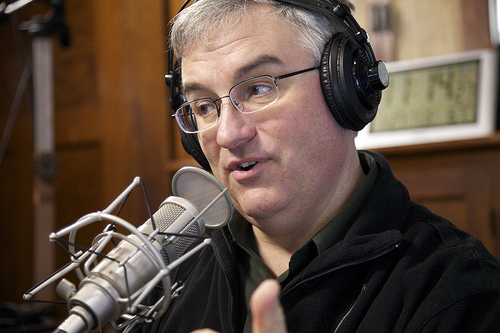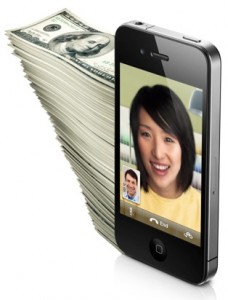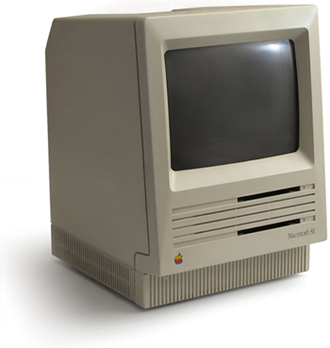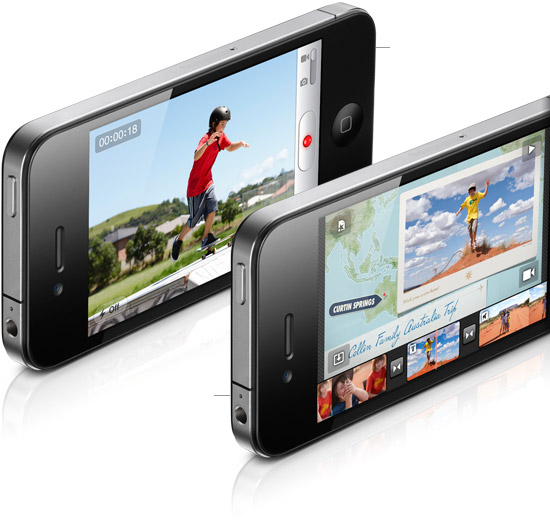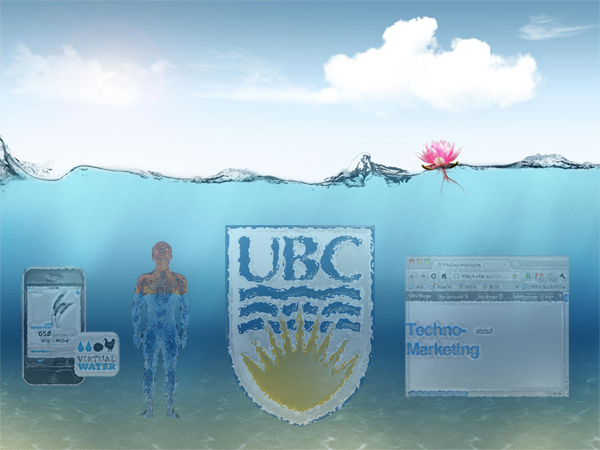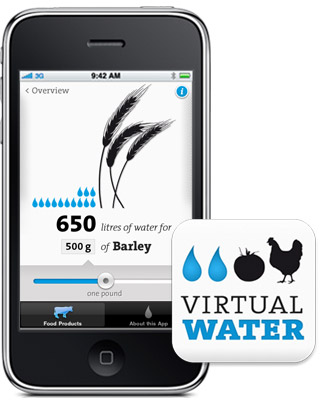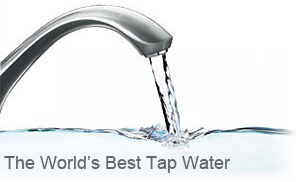
Nearly everyone has heard the expression “there is no such thing as bad publicity” but no one has taken this concept quite as literally as Vitaly Borker. To this Brooklyn-based e-commerce entrepreneur, bad publicity has actually become a good thing.
Vitaly Borker, founder of DecorMyEyes.com, essentially discovered that by treating his customers badly, he was able to increase his PageRank in Google searches. The reason for this strange phenomenon, is that Google does not rate sites based on whether or not they are getting “good” or “bad” links. So when Borker swore at customers and refused to give refunds on counterfeit products, and consumers complained about the experience on reputable consumer review sites such as Get Satisfaction, his PageRanking actually went up.

In an interview with David Segal of the New York Times, Borker admitted to trying regular search engine optimization first by paying companies to write positive reviews of his website, but when this tactic failed to get his site to the top of search results, he began to stop caring about pleasing his customers. It was at this point that he realized that negative promotion was actually more effective. People were far more likely to complain when something went wrong during a transaction than they were to post positive reviews after having a good experience, and since those negative reviews still came from a reputable site, they had the same “Google juice” to push his site to the top of results, and drive sales.
This tactic obviously falls squarely into the un-ethical category, and would definitely not be a very good long term strategy for most companies to pursue, but it is fascinating that someone could be so successful with promotion by essentially abusing their customers.
The New York Times’ David Segal reported on this amazing story last week, and actually got an interview with Borker, and his report on the subject is one of the most fascinating articles I have read all year. I highly suggest reading it.
